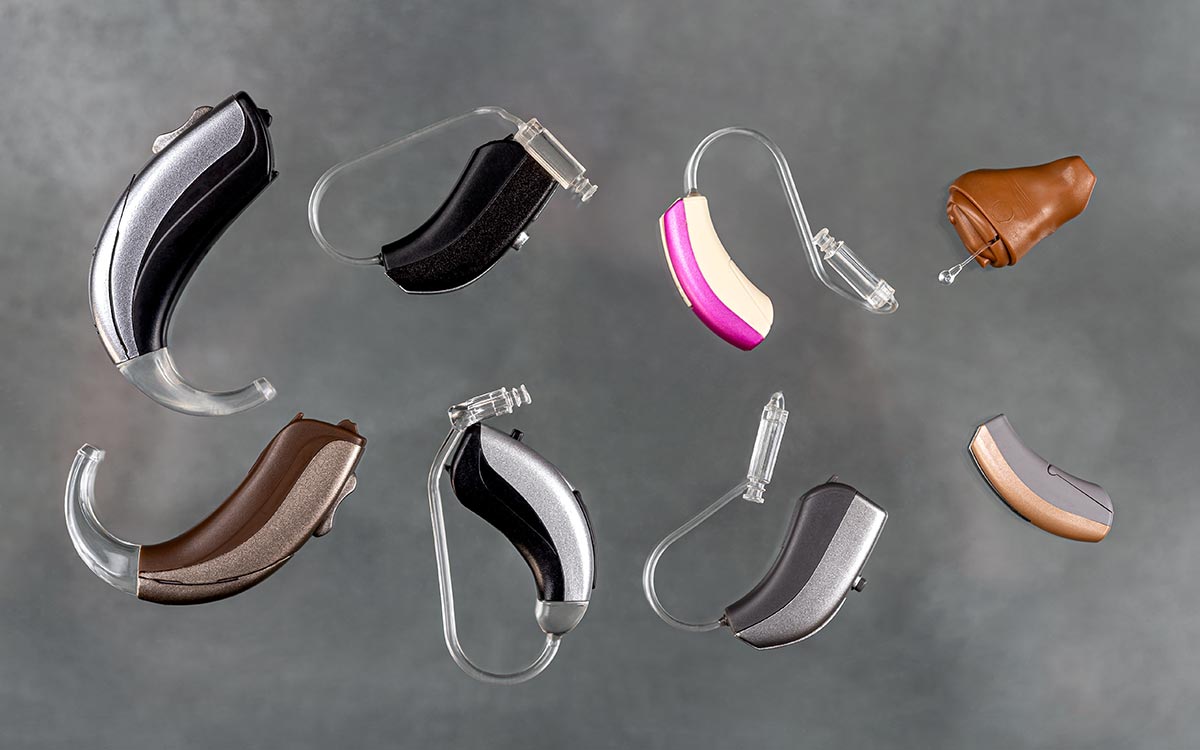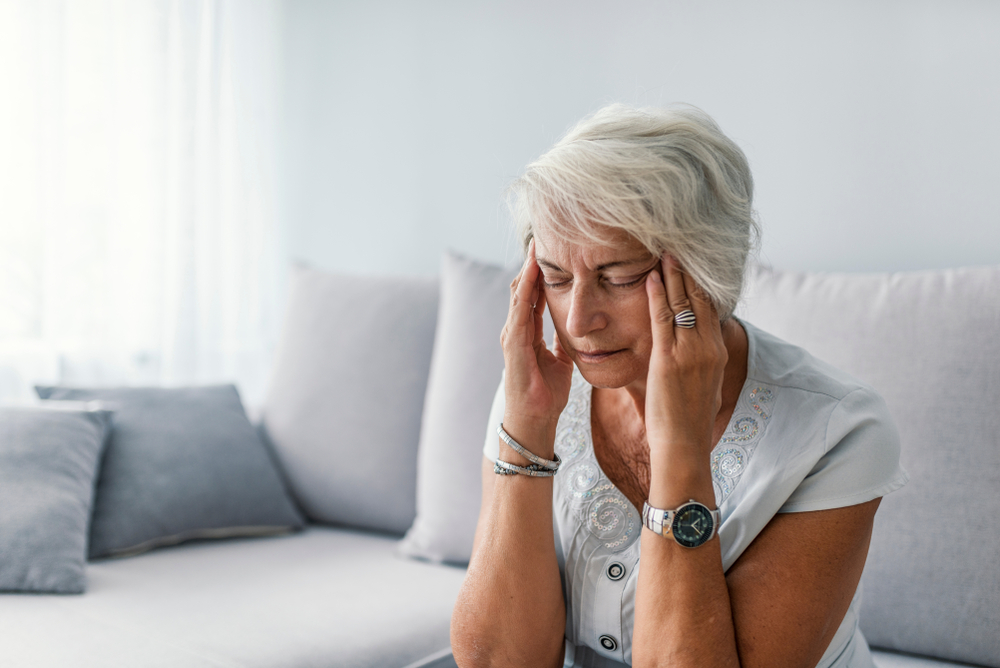
An Exhaustive Manual to Different Hearing Aid Styles
Choosing a hearing aid can feel overwhelming, especially when today’s devices come in so many styles, sizes, and technology levels. However, a specialized hearing solution exists for every person’s singular needs and daily habits. The key is merely choosing the one that fits you best. By learning about the differences among various hearing aid models,









